Statistics report that there are about 6,000 coral species in every corner of the world. Adding corals to your tank not only makes the aquarium more appealing but also makes sense in creating balance if there are lots of fish and creatures in your tank. Meanwhile, the corals also provide hiding places for fish. However, some angelfish will nip corals so you should not keep the two in the same aquarium. The article will get into a more specific discussion about angelfish and coral.
Content Table
Angelfish Coral Compatibility
Angelfish
Angelfish is one popular kind of freshwater fish, which belongs to the Cichlidae family. The fish are omnivores, coming from tropical areas of South America. They are peaceful, but also aggressive when pairing and spawning. Gouramis, rainbowfish, and peaceful barbs are ideal tank mates for angelfish.
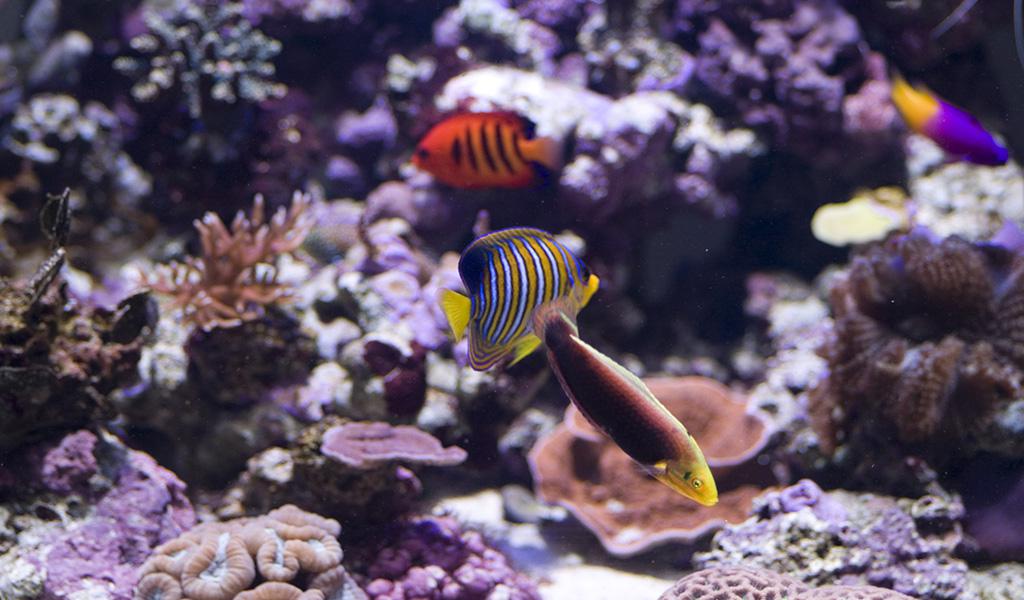
Coral
Specifically, there are two types of corals – hard and soft. Hard corals are usually regarded as “reef-building corals”, which prefer growing in colonies. They are also given the names of scleractinia and stony corals. Besides, they can create skeletons with calcium carbonate, which will become rocks in the end. They live inside one kind of tiny algae, named zooxanthellae. The corals and the algae keep a symbiotic relationship.
The hard corals provide shelter for the zooxanthellae, while the zooxanthellae become a food source for the hard corals. On the contrary, soft corals are soft and bendable, zoanthids, mushroom corals, and kenya tree corals for example. They don’t have stoney skeletons, and they can not build the reef. However, they like living in colonies and can protect themselves by growing wood-like cores and fleshy rinds.
Compatibility
Aside from some angelfish nipping corals, it is feasible to keep the following angelfish with corals, including Genicanthus lamarck, Genicanthus bellus, Zebra angelfish, Masked angelfish, Halfbanded angelfish, Japanese swallow angelfish, Pitcairn angelfish, Blackedged angelfish, and Spotted angelfish.
Do Angelfish Eat Corals?
Wild angelfish are omnivores. Algae, coral, shrimp, and clams are the main food sources for wild angelfish. Aside from that, some angelfish will eat corals. Emperor angelfish prefer anything soft, soft corals, anemones for example. The koran angelfish often eat corals. The queen angelfish and dwarf angelfish are also likely to nip hard and soft corals.
Best Coral-safe Angelfish
Although some angelfish nip corals, there are also some other angelfish suitable for coral tanks. In this part, we will give you detailed information about these ideal marine angelfish.
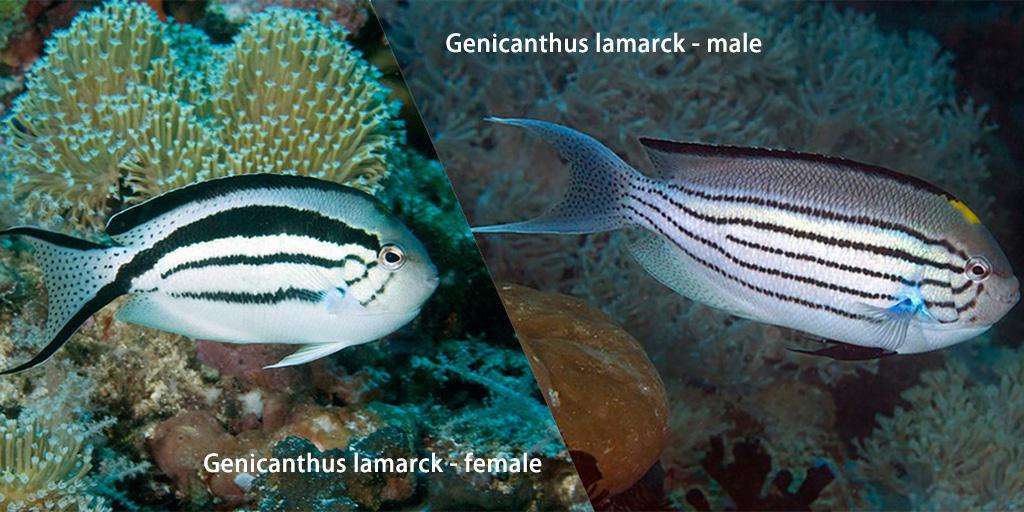
Genicanthus Lamarck
The Genicanthus Lamarck is also named blackstriped angelfish or Lamarck’s angelfish, found in 1802 by Lacepède. You can find the fish in East Africa, and western areas of the South Pacific. Both female and male ones are silver-gray, while there are also horizontal black stripes from the eyes to the caudal fin. And there are black spots on the caudal fin. But the females possess one strip extending into and covering the caudal fin.
On the other hand, you can feed them with squid, mussels, diatoms, and algae. They can grow up to 7–10 inches. As a result, it is recommended to keep one genicanthus larmarck in a 75-gallon aquarium at least. In addition, the ideal levels of pH and water temperature respectively are 8.0-8.4 and 72-81℉.
Freckletail angelfish
Freckletail angelfish are great swimmers, so it is better to keep one in a 100-gallon tank. The color and pattern of males and females are different, the male fish have strips, while the female ones do not. Consequently, it is easy to determine the gender of freckletail angelfish. Furthermore, algae, brine shrimp, and meat can be food for this angelfish. And they prefer a water temperature of 78-84℉ and a pH level of 6-7.5. Besides, this angelfish can live for about 8 years and grow up to 7 inches.
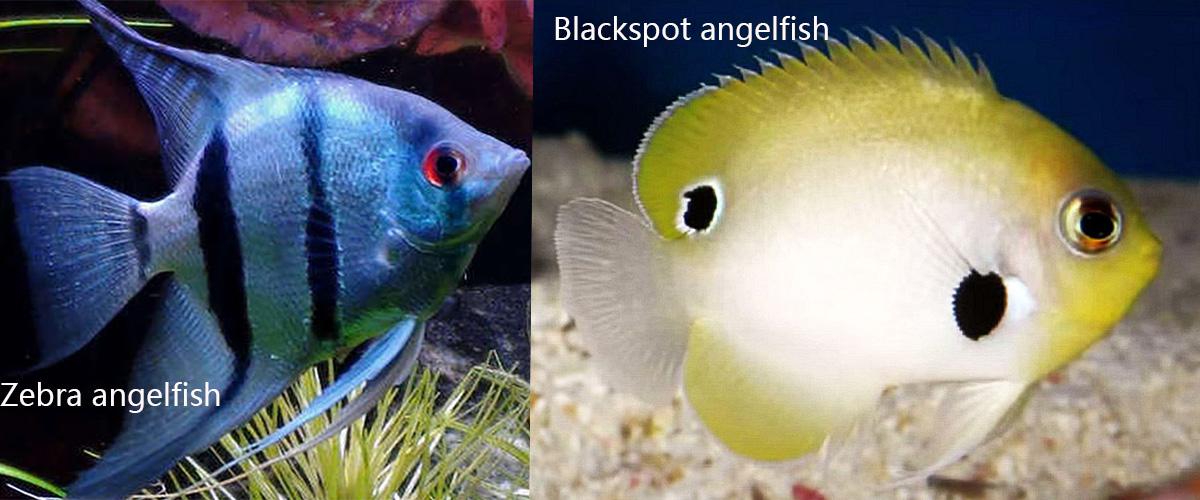
Blackspot angelfish
The scientific name is Centropyge nigriocella, and they belong to the Pomacanthidae family. Blackspot angelfish are shy, and not expected, which possess shade on their body of pale yellow or white colors. Meanwhile, there is one black spot on the bottom of the pectoral fin and a part of the dorsal fin. Moreover, they are omnivores, and algae are their food source. In your aquarium, you can feed them with brine shrimp, mysis shrimp, and frozen foods. The minimum tank size should be 90 gallons. And the suitable water temp and pH level should be 77-82℉ and 8.1-8.4. By the way, it is recommended to keep them with peaceful tank mates or just keep them single.
Zebra Angelfish
The scientific name is Genicanthus Caudovittatus, which was founded in 1860 by Günther. Both male and female zebra angelfish possess long forked tails and a small mouth. Nonetheless, there is also something different. The male ones have multiple thin and vertical stripes with dark colors, like a zebra pattern. On the contrary, the female ones have black stripes at the bottom and top of the tail, as well as a black band covering their eyes.
One interesting fact is that the angelfish are protogynous hermaphrodites. All zebra angelfish are females at the beginning, they can turn into males in daily life and enjoy a water temperature of 76-86℉ and a pH level of 6.0-7.4. Furthermore, they are omnivores and eat dry frozen foods as well as zooplankton, which is tiny invertebrates. And they can grow up to 10 inches. In addition, they like swimming in a broad room and hiding in coral reefs at night.
Reminder
In the end, let’s learn some tips for better keeping angelfish. In the first place, large tanks are better. You should ensure your tank is 55 gallons at least. Then, keeping the ideal pH level is also crucial. You can add crushed coral to improve the pH level, while you can add wood to decrease the pH level. Besides that, rocks, plants or something like that is also necessary. Since these can provide hiding places for angelfish, they will be happy. To remove debris, and keep stable and plenty of oxygen, an aquarium filter, and fish tank air pump are needed. Next, don’t forget to clean your filter and change the water regularly.
However, you need to test the water and adjust the water parameters after changing the water. More importantly, it is best to quarantine sick angelfish once you notice the signs of disease, such as lack of appetite, loss of weight, excessive slime, and clamped fins. Seeing diseases may spread, you should not put the sick angelfish back in the original aquarium until they get cured.
Finally, thanks for your reading, and welcome to leave your ideas in the comment!
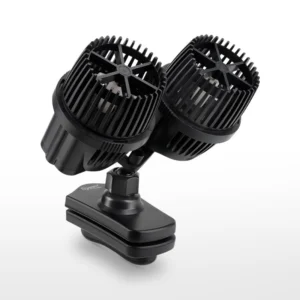
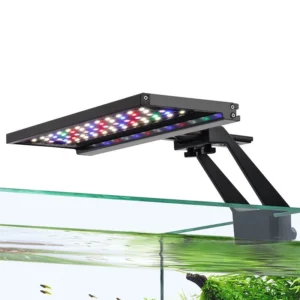
Leave a comment